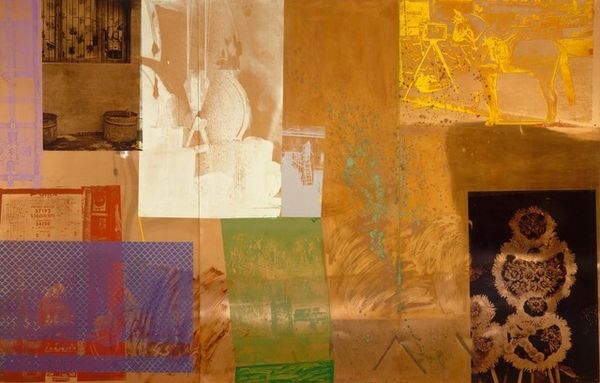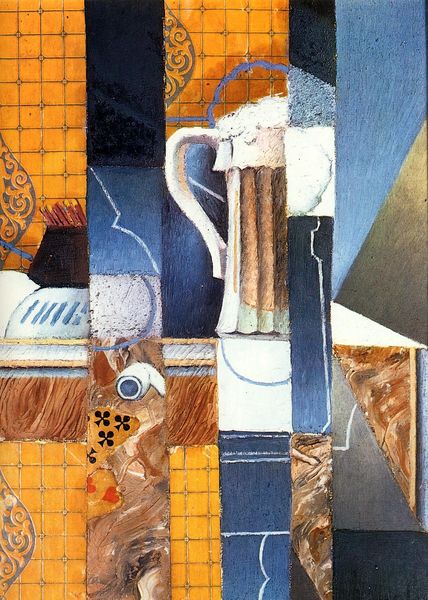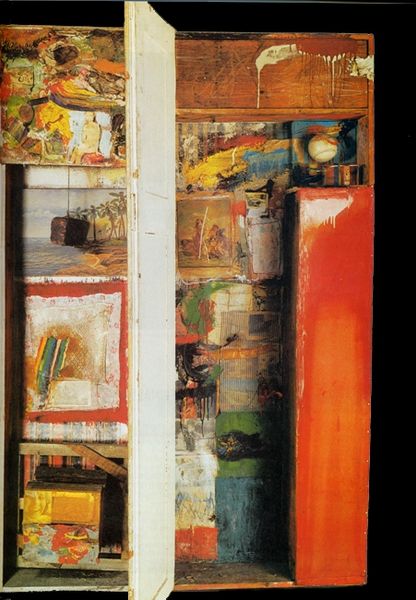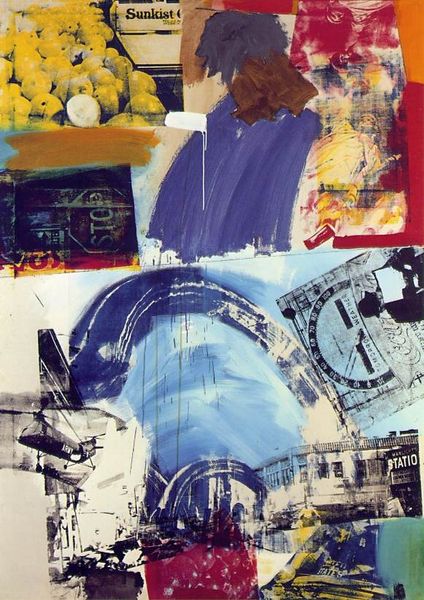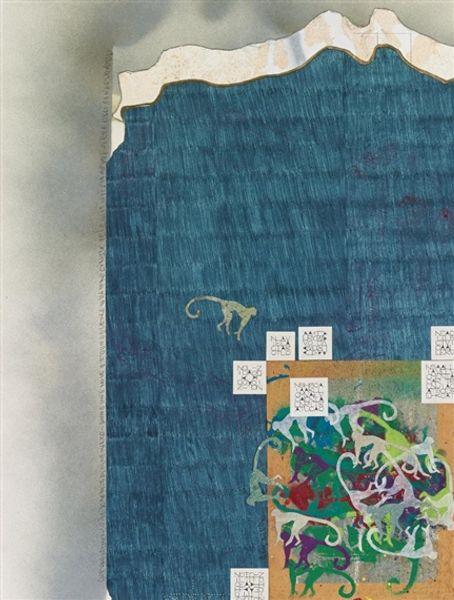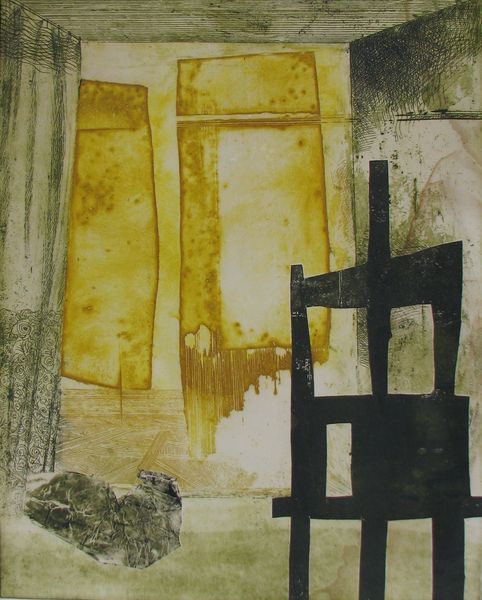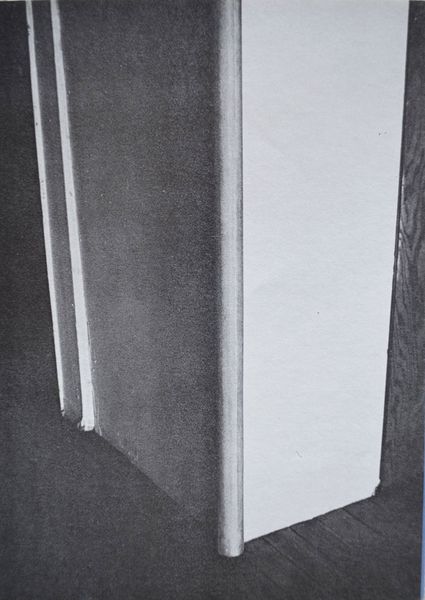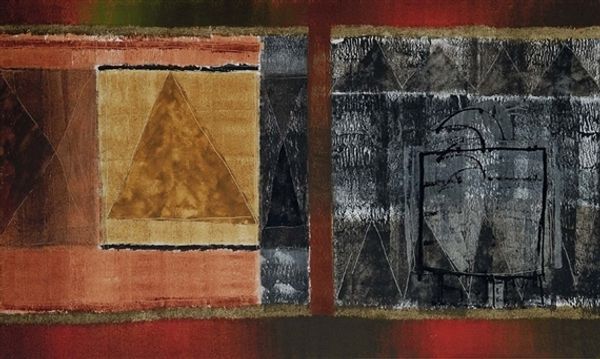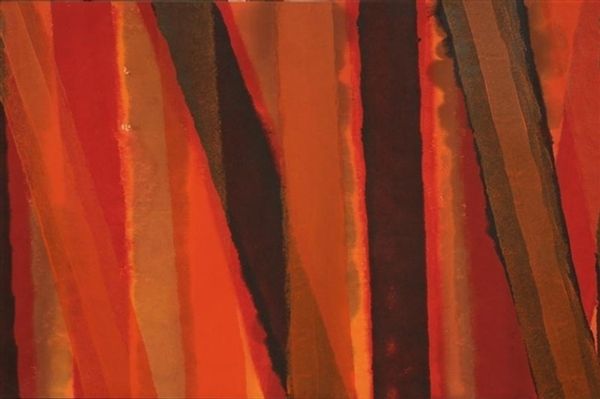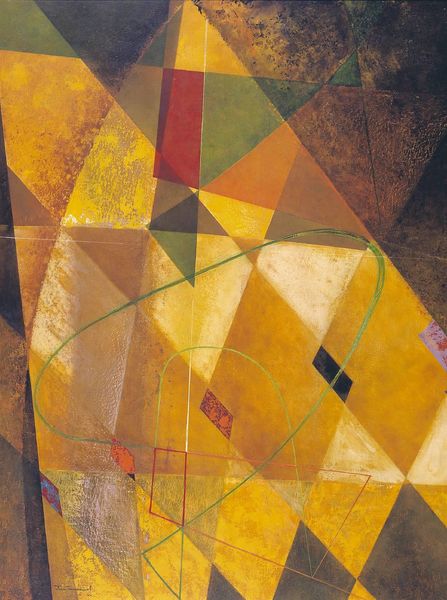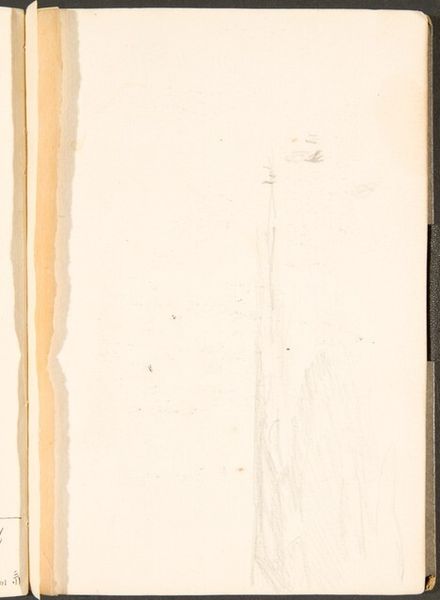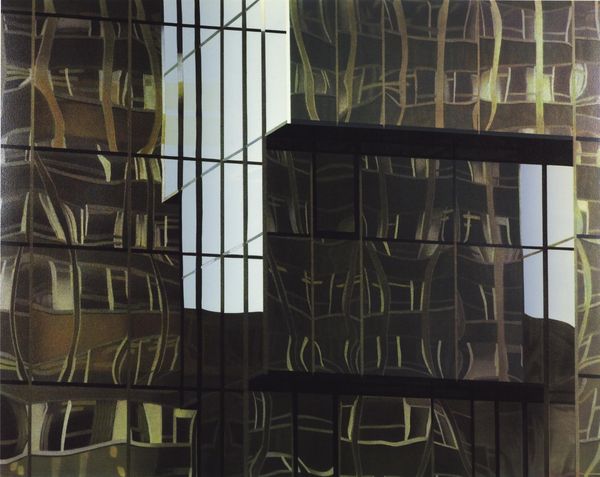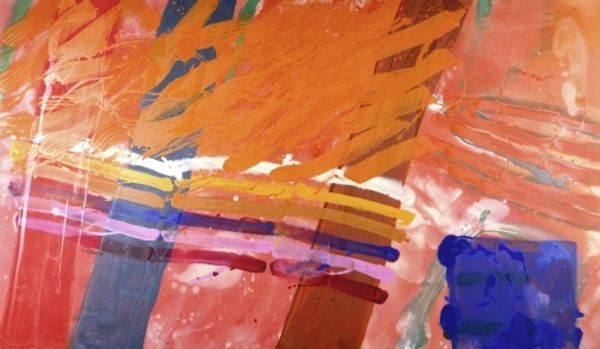
drawing, mixed-media, collage, ink
#
drawing
#
cubism
#
mixed-media
#
collage
#
ink painting
#
form
#
ink
#
geometric-abstraction
#
abstraction
#
line
#
modernism
Copyright: Public domain US
Editor: This is Jury Annenkov's "Collage" from 1919. It looks to be mixed-media, maybe ink and collage, creating an abstract composition. I am struck by its almost chaotic arrangement, yet there’s a balance I can't quite put my finger on. How do you interpret this work? Curator: Considering the historical context, we see this collage emerging out of a revolutionary period in Russia and a broader upheaval across Europe. Notice how the formal elements, the lines and shapes, and especially the inclusion of what seems to be an architectural drawing of a cathedral, are destabilized and recontextualized. This breakdown of form, wouldn't you say, reflects a broader societal questioning of established orders and institutions at the time? Editor: Absolutely, the cubist style, breaking down perspective like that, definitely echoes that sense of things falling apart and being rebuilt. But the cathedral image feels deliberately placed. Was Annenkov making a specific comment on religion or tradition, perhaps? Curator: That's precisely the point. The architectural representation suggests a reverence for history and traditional structures, yet it's presented within a fragmented, modern framework. It brings up some important questions. How do you reconcile the old and the new? What role does art play in times of radical transformation? The presence of the cathedral suggests continuity, even if tradition is being radically re-evaluated. The artwork engages in the socio-political climate in a bold, non-conformist way. What's your perspective? Editor: That makes so much sense. I see the dialogue between the traditional and the modern much clearer now. The artwork encapsulates the tension and re-evaluation of societal norms after a tumultuous time. Curator: Precisely. And by thinking of art's connection with broader history, hopefully this lens lets us examine the intersection between visual expression, historical narrative, and socio-political debate with far greater clarity.
Comments
No comments
Be the first to comment and join the conversation on the ultimate creative platform.
